Experimental Site in Belgium
Context and objectives
The year‐round production of high-quality and tasty vegetables in unheated polytunnels in Belgium, using resilient, sustainable and local inputs, is a challenge. It is therefore important to investigate the agro-ecological approach, focusing on the sustainability of inputs and trying to minimize the amount of external inputs.
The objective at the Belgian experimental site is to increase environmental sustainability and biodiversity in unheated polytunnels by introducing agroecological service crops, greater crop diversity and flower strips. Moreover, the dependency on external inputs is reduced, aiming for greater autonomy for the farmers.
Experimental factors
The project is carried out in two unheated polytunnels of 300 m² at the PCG research center (Kruishoutem, Belgium). A classic system (business as usual - BAU) is compared to an innovative system (INN) during three growing seasons:
Business as usual
- Bare soil in between the crop rotation
- One species of leafy vegetables in autumn/winter
- One species in summer (tomato)
- Use of standard green compost
- Plastic mulch to reduce weed pressure
Innovative
- Use of agroecological service crops in between the crop rotation
- Mixture of three species of leafy vegetables in autumn/winter
- Mixture of two species in summer (tomato + cucumber)
- Use of high-quality on-farm compost
- Straw as natural mulch to reduce weed pressure
- Flower strips along the tunnel borders
Expected outputs
We expect that the cultivation of agro-ecological service crops will provide nitrogen and organic matter to the soil, thereby positively influencing soil structure and soil fertility. Application of qualitative on-farm compost is expected to promote soil microbial diversity and to suppress soil disease. This improved soil fertility management is expected to reduce nutrient leaching and to better provide nutrients to the plants. The use of more species from different botanical families might reduce pest and disease pressure, both aboveground and belowground. Flower strips are expected to promote functional biodiversity and to attract natural enemies, thereby limiting the need for phytosanitary treatments and the introduction of exogenous beneficial insects.
Further Information
Contact
Stefanie De Groote, PCG
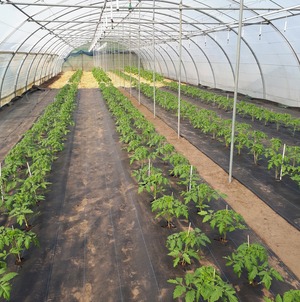
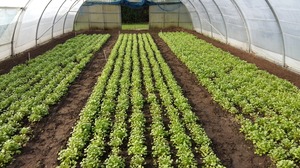
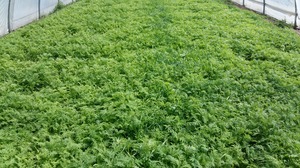
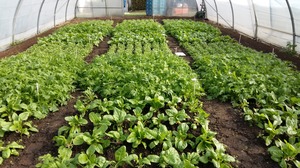
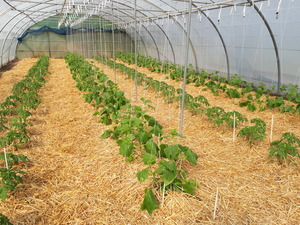
 tap and then scroll down to the Add to Home Screen command.
tap and then scroll down to the Add to Home Screen command.